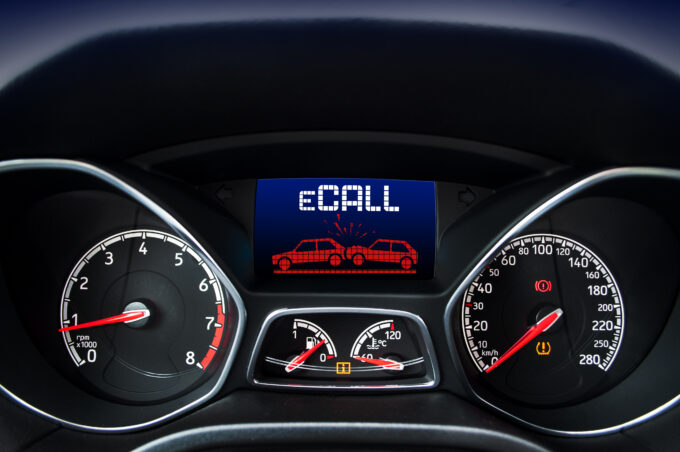More drones - more risks
The number of drones is increasing rapidly worldwide - thanks to their more compact form and lower prices. However, this also increases the safety risks, as a study by aviation insurer Allianz Global Corporate & Specialty (AGCS) shows.

Their field of application ranges from aerial photography, pizza deliveries, inspections of industrial plants or border controls to pure recreational fun: Unmanned Aircraft Systems/UAS, or drones, are a global boom sector that could reach a market volume of more than $100 billion in the coming years. However, the more drones in the airspace, the more security risks increase - from collisions and crashes to cyberattacks and terrorism. To ensure safe operation of drones, systematic registration of these aircraft and sound qualification of pilots are necessary, according to the study "Rise of the Drones: Managing the Unique Risks Associated with Unmanned Aircraft Systems" of aviation insurer Allianz Global Corporate & Specialty (AGCS).
Rapid growth
"Previous near-misses involving drones raise concerns that as the number of unmanned aerial vehicles grows, so will the risk of collisions and other claims," says James Van Meter, Aviation Practice Leader at AGCS. Drones are becoming smaller, cheaper as well as easier to operate, and relaxed regulatory conditions are making it easier to access such flying objects, especially in the US. Growth forecasts are therefore high: For example, the U.S. Federal Aviation Administration (FAA) estimates that by the end of 2016 there will be over 600,000 drones in the U.S. for commercial use alone - three times as many as registered manned aircraft. In addition, some 1.9 million UAS are buzzing through the air in the U.S. for recreational purposes. In Switzerland, according to the Federal Office of Civil Aviation (Bazl), a total of more than 20,000 drones are in circulation - and the trend is rising sharply. Worldwide, the number of drones is expected to rise to around 4.7 million by 2020, and the market for commercial drone technology is expected to grow to USD 127 billion by then.
Risk factors Collisions and loss of control
Despite the economic skyrocketing of drones, new risks and potential misuse of UAS technology should not be underestimated. Mid-air collisions with other aircraft and loss of control are the two key hazards, according to AGCS. Significant risks also loom if control of the device is lost, which can be due to a system failure or frequency interference, or if a UAS flies out of signal range. There is also increasing danger from potential terrorist attacks, in which unmanned aerial vehicles could target major events or (nuclear) power plants. In other scenarios, hackers could take control of the drone during a flight and cause a crash or transmit recorded data to another control station ("spoofing"). Last but not least, the public also sees the protection of their privacy compromised by drones.
More security through registration
Safe operation of UAS is hampered by a lack of regulation. "In many countries, there are few to no standards for pilot training or maintenance," Van Meter explains. Sound pilot training is a key factor in reducing the risk of accidents, he says. Many claims, he says, are due to novice pilots losing control of the drone. Training should cover topics such as meteorology, emergency instructions, aviation regulations, system maintenance, flight time calculation, and how to use the integrated camera. In many countries around the world, it is not yet required to register UAS. This leaves the drone pilot anonymous in the event of a claim. "In the future, identification of the drone and its operator will be necessary to ensure general liability," says Kriesmann. "An official registration like for other vehicles in the air or on the ground will come sooner or later."
Drone insurance as a growth market
Insurance can serve to protect the pilot and the public in the event of collisions in the air, but can also cover property damage and personal injury to third parties. Depending on the type of operation, there are different insurance solutions. Such insurance is relevant for manufacturers, owners and operators of UAS, as well as companies that sell and maintain them. The segment of so-called drone insurance is growing very fast in the insurance industry. Different types of coverage are now available depending on the system use. "Whether you run a café or a shipping business, you have unlimited liability for any third-party damages. It's no different with drones," Van Meter explains. Drone pilots should therefore cover themselves at least for liability risks up to $1 million.
If the growth expectations for drones used commercially are transferred to the insurance market, the volume of the drone insurance market in the U.S. could potentially rise to over USD 500 million by the end of 2020. Globally, a market volume of around USD 1 billion would be conceivable.
Press portal ots









